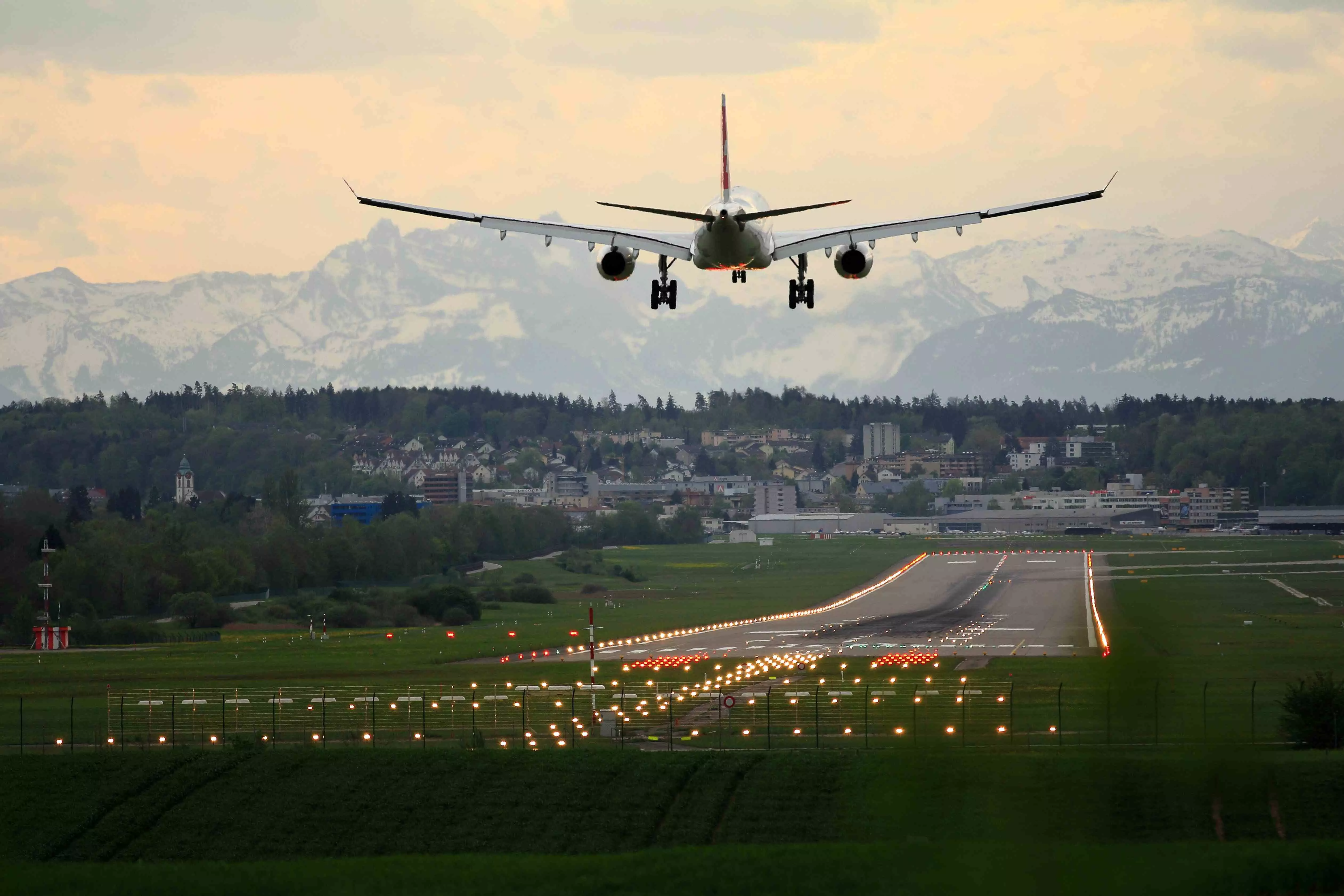Navigating through disruptions
Even as post-pandemic recovery of the aviation industry remains partial, congestion has increased disproportionately on account of crew shortage — creating an urge for automation

Recovery of the aviation industry, which had slumped almost completely during the Covid pandemic, is virtually complete with an estimated 4.4 billion passengers expected to fly globally in 2023. International air traffic has risen from a standstill in April 2020 to reach about 85 per cent of the 2019 levels. Already, in the summer break season of last year, there was serious trouble relating to congestion due to excessive numbers of passengers at airports, including those in India.
Major airports like London Heathrow and Amsterdam Schiphol were forced to limit flights in a bid to curb this air travel chaos. While Schiphol announced that the maximum number of passengers departing in September will be limited to 67,500, to be raised by 2,000 in October, Heathrow set a passenger limit of 100,000 per day, forcing British Airways to suspend the sale of tickets on short-haul flights from there. Many major airports in the United States and those like in Frankfurt (Germany) also experienced similar problems of congestion, queues and chaos. The question arises, why are we witnessing such a precarious situation when the number of air passengers travelling worldwide is yet to fully reach the pre-pandemic 2019 levels.
The most important reason for this is the large-scale lay-offs, forced retirements or even golden handshakes that were carried out by the airlines and airports during the pandemic when their businesses were down. Now with air traffic reaching the pre-Covid levels, the airlines and airports have not kept pace in recruiting the employees back, leading to acute staff shortage and consequently long queues of passengers and chaos. Besides, at Delhi’s IGI airport, shortage of immigration staff was another reason that had led to massive queues at the international departure. This issue has since been rectified and a large number of additional immigration counters opened and more staff deployed. However, the issues concerning staff shortages in airlines and airports still continue to dog the Indian aviation scene.
According to the US Government Accountability Office (GAO), the leading causes for flight cancellations in late-2021, as well as April 2022, were factors within the airlines’ control. “Sometimes, aircraft maintenance issues and the lack of mechanics to address them were the cause for cancellations. But shortages in pilots and aircraft crew had a greater impact on flights,” a GAO report said.
As per their data concerning air travel in the US alone, the GAO said a whopping 15 million passengers experienced flight cancellations, and potentially more than 116 million saw flight delays between July 2021 and April 2022. Flight cancellations rose substantially in late 2021 and during the first four months of 2022, outpacing levels seen just before the pandemic in both 2018 and 2019. Interestingly, flight cancellations grew despite airlines operating fewer flights.
Globally, travellers are likely to continue to see disruptions at the airport as airlines continue to address challenges. The aviation industry and stakeholders in Europe and the US have already raised concerns that there will not be enough pilots, flight engineers and mechanics to meet the projected demand for air travel. However, such a scenario may not be true for India, Africa or West Asia which may not face such severe shortage of pilots or technical manpower.
As per projections by the International Air Transport Association (IATA), globally, the passenger numbers are expected to double by 2040. In fact, the majority of the top 100 airports are expected to be capacity-constrained by 2030. This would lead the focus to once again turn towards aviation staff strength and infrastructure on the ground. Hence, increased automation and accelerating passenger processing time would be essential to meeting air travel demand in the very near future.
With new airports few and far between, especially in mission-critical cities, the industry’s only option to accommodate demand is greatly improving passenger facilitation through the existing airport footprint. Automating manual processes and even moving them off airport will be integral to the success of this initiative. Several airports and airlines have already started taking steps to introduce contactless travel that facilitates increased passenger throughput and processing speed without expanding the airport footprint.
India, for instance, has recently launched the DigiYatra scheme which speeds up entry into the airport and cross security just by using biometrics. As digitisation continues to transform the world of aviation, going down the paperless route is getting more and more feasible. Recently, Air India, under the Tatas, held discussions with Apple apparently for a massive order for iPads and iPhones to slash paperwork for pilots, aircrew and engineers. Such measures would go a long way in digitising the large number of documents — ranging from various clearances for a flight, several kinds of work orders and schedules to inputs regarding how many crates of food have been loaded on an aircraft. Such digitisation would not only slash the usage of paper, but also make seamless travel get closer to reality.
Views expressed are personal



